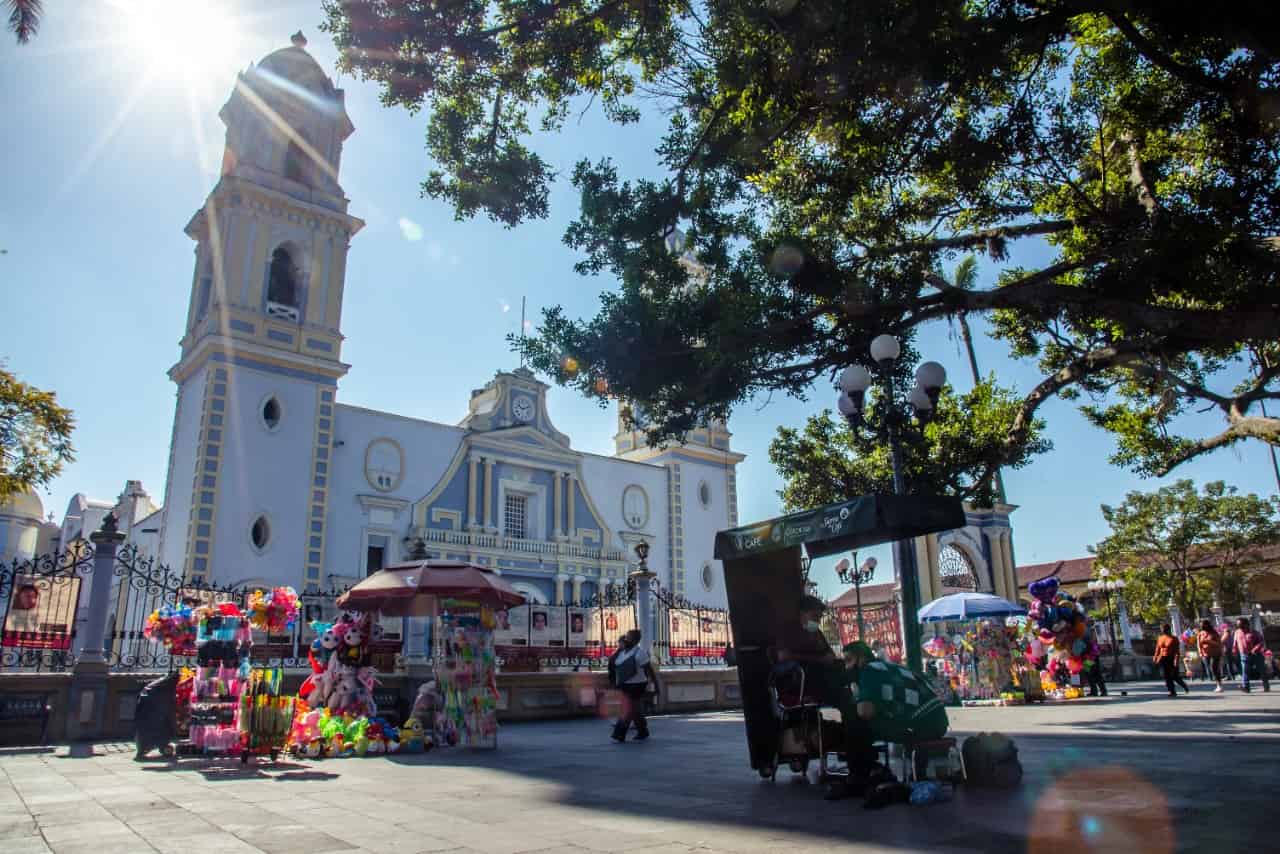What is the city of Cordoba Veracruz like?
For its rich history and architectural beauty dating from the seventeenth and eighteenth centuries, the Historic Center of Cordoba Veracruz is one of the places you can not miss. It is the ideal place to enjoy the rich gastronomy of Cordoba or its incomparable coffee.





